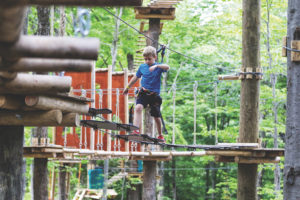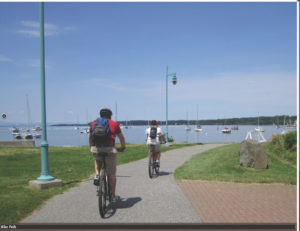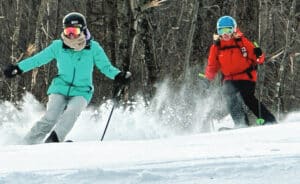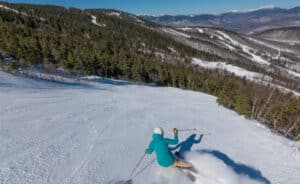
Set your compass and let nature steal the show in the Green Mountain State during the summer. Here is a checklist of things to do with the family in Vermont.
Quechee/Quechee Gorge
Conveniently located along Route 4 between Woodstock and White River Junction, Quechee often is just a blur outside the windows of countless families plodding their way to Killington for ski weekends. But slow the car down for a little stop in this unincorporated village and you’ll find plenty of reward.
Vermont’s “Little Grand Canyon,” Quechee Gorge is the village’s most popular tourist stop. The 165-foot-deep gorge formed 13,000 years ago when the Laurentide Ice Sheet retreated across the region and the Ottauquechee River carved out its awe-inspiring place deep within Vermont’s geological landscape.
Former home to the A.G. Dewey Company (est. 1836), the wool processor that once produced materials for the baseball uniforms of the Boston Red Sox and New York Yankees, and blankets for the U.S. Army and Navy, the land now makes up Quechee State Park. The park encompasses a welcome center, lean-tos, tent and trailer sites, hiking trails and more. It can serve as the perfect jumping-off point to nearby attractions, including the Village Antique Mall, Simon Pearce Mill, Quechee Bridge, as well as short day trips to historic Woodstock and Killington Resort.






